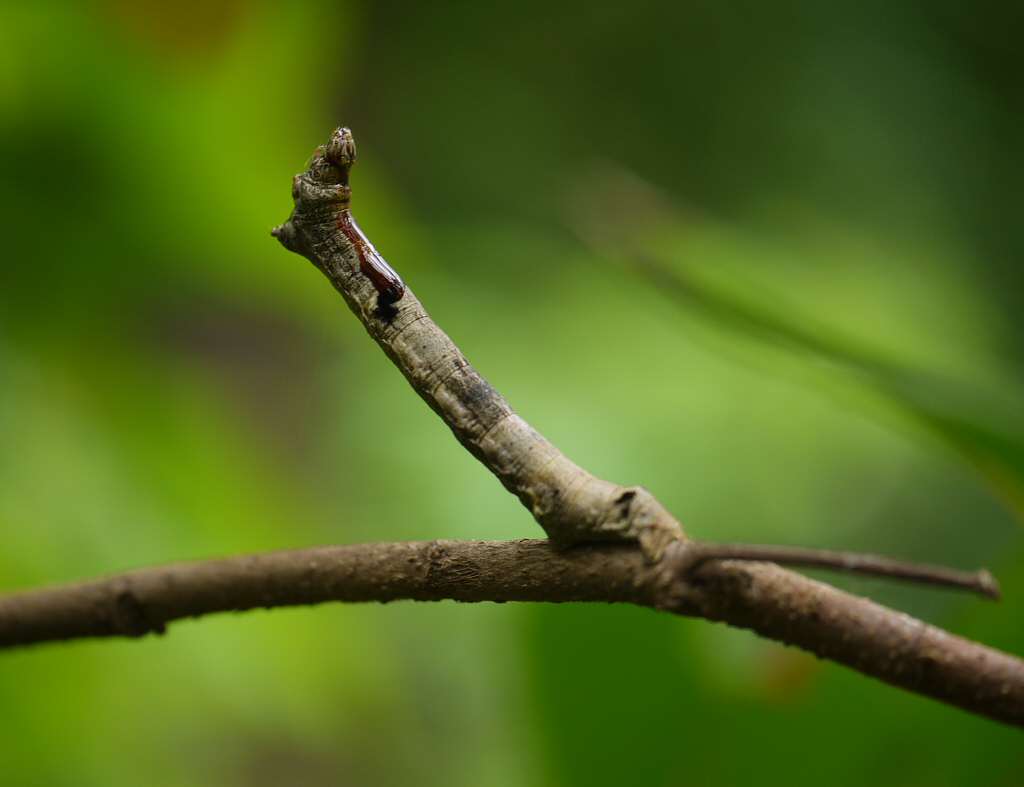
This talk is presented by Ian Alexander. It examines the curious history of camouflage, discovered not by soldiers but by an artist and some zoologists. They found that it is not at all about painting spots and stripes on things; and the most obviously stripy animal, the Zebra, doesn’t seem to be striped for camouflage at all. Perhaps it is, on reflection, not surprising that camouflage isn’t what it looks like on the surface … because, if you can see it, it’s already failed …
I’ve given this talk in 3 ways:
- Outside, in daylight, using printed photographs and models;
- With PowerPoint slides, projector, models and demonstrations;
- Online via Zoom, supporting the talk with slides and demonstrations translated to PDF (so there are no delicate transitions)
Topics covered include:
- How to hide on a carpet
- How to paint yourself flat
- How to hide your shadow
- Animals that don’t hide: making themselves obvious
- Transparency
- Carrying lights
- Smoke and mirrors
- Concealing features

Fish in the open ocean, like the Herring, camouflage themselves with shiny scales - Distraction (eyespots)
- Disrupting outlines
- Mimicking twigs and stumps
- Advertising coloration
- Looking like who you’re not
- Using natural materials
- Motion dazzle
The talk makes use of a selection of visual aids as well as photographs.
There is a chance to look at some pioneering books on camouflage written by Abbott Thayer and Hugh Cott.
